We invite you to refer to the presentation at the Vietnam Canada Clean Energy Partnership Forum held on August 21, 2023 by Dr. Tran Thien Khanh , Faculty of Development Studies and International Relations, University of Technology. Dong Nai technology
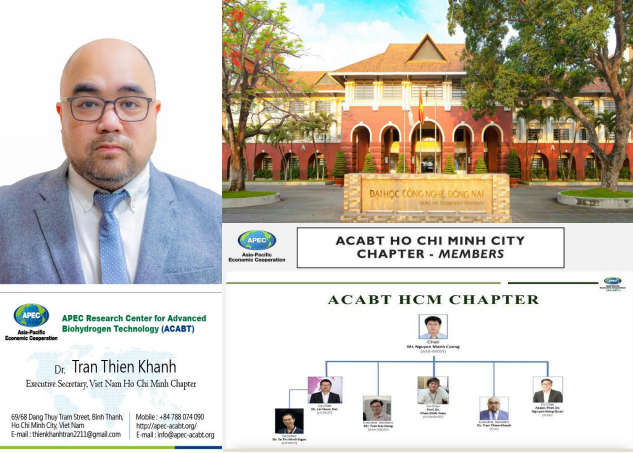 |
◦ Tran Thien Khanh (Jason), Ph.D. ◦ Dong Nai University of Technology (DNTU), Nguyen Khuyen, Trang Dai, Bien Hoa City, Dong Nai, Vietnam. ◦ Head of Development Research and International Relations Department. ◦ Email: tranthienkhanh@dntu.edu.vn. ◦ Phone: 0788074090. ◦ Google Scholar: Scholar.google.com/cites ?hl=en&authuser=2&user=V3RxBuA AAAAJ. ◦ H-Index: 8. ◦ ORCID: 0000-0002-0180-2828. ◦ Research ID: AAA-20410 - 2022. |
Hydrogen and issues worth noting
|
Update on Hydrogen production situation: ◦ Hydrogen Product Classification ◦ Hydrogen Ecosystem ◦ Hydrogen Market and Economy |
|
Advantages of Hydrogen production in Vietnam ◦ Amazing natural conditions ◦ Towards the dynamic Hydrogen market
|
|
Development policies and investment opportunities in the Hydrogen industry: Overview of directional information from power planning VIII. Suggestions for hydrogen development policy in Vietnam. Introduction and evaluation of successful hydrogen production models |
|
Hydrogen production technology Classification of hydrogen production technology Fuel Cell – the heart of clean Hydrogen technology Technological suggestions for Vietnam in Hydrogen production |
Hydrogen energy and the path towards Net Zero
• THE WAY TO THE NET ELECTRICITY FUTURE THROUGH SUSTAINABLE DEVELOPMENT SOLUTIONS

|
|
|
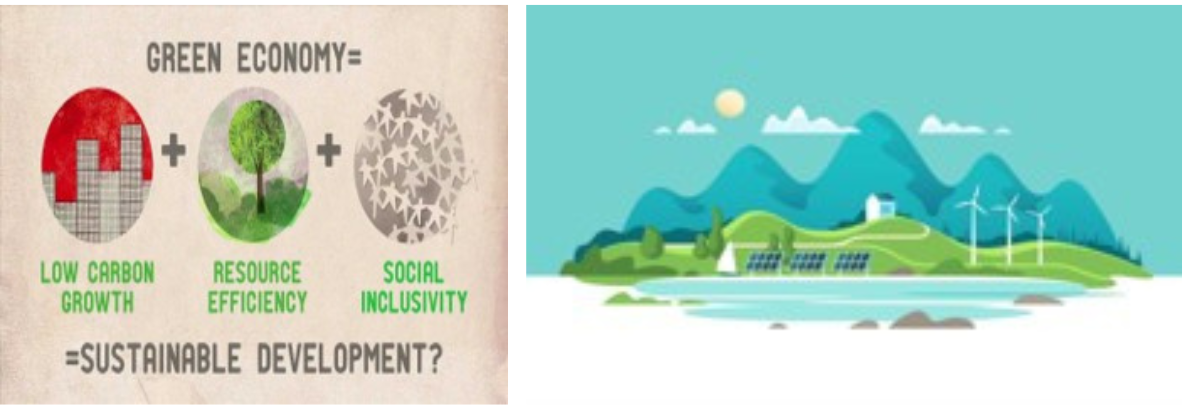
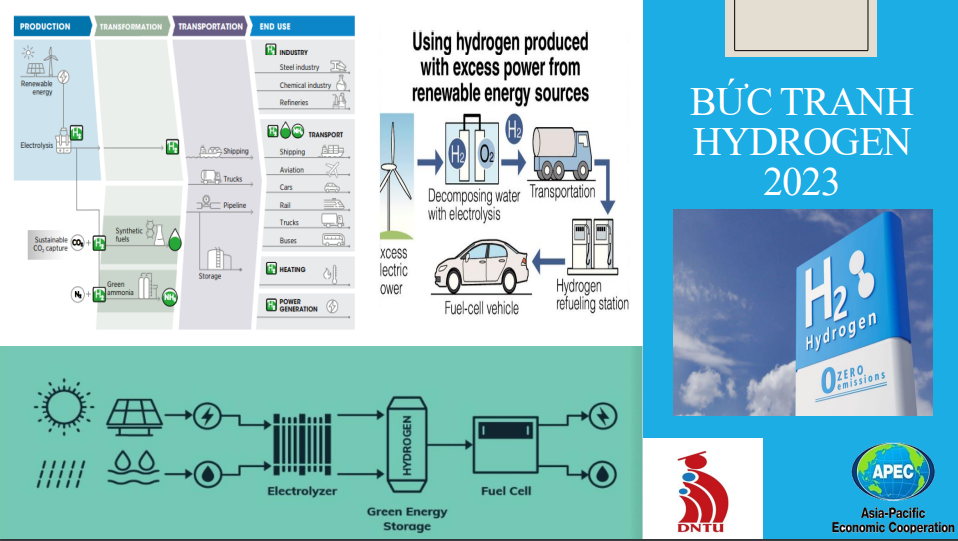
Climate change and response financing
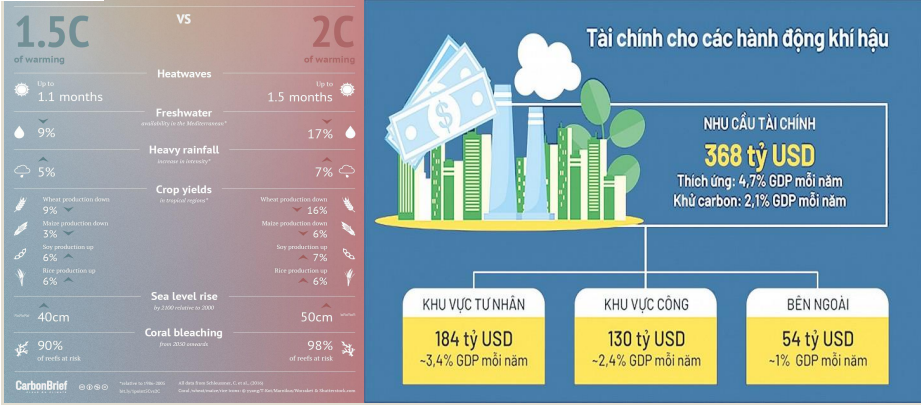
Status of using hydrogen
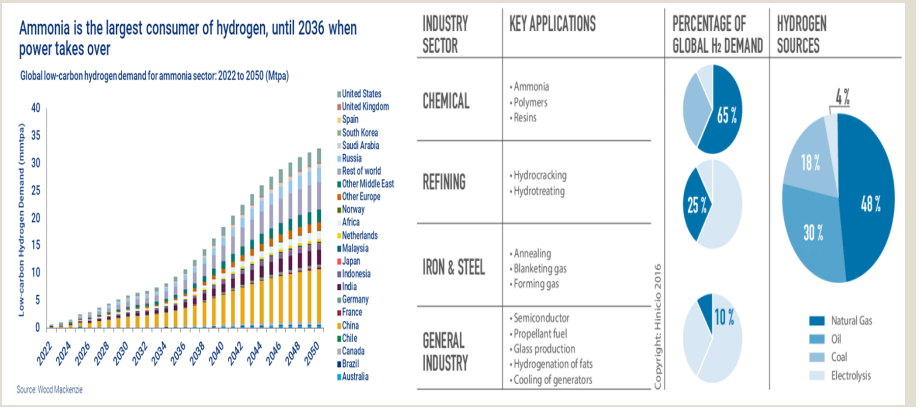
Hydrogen product reclassification
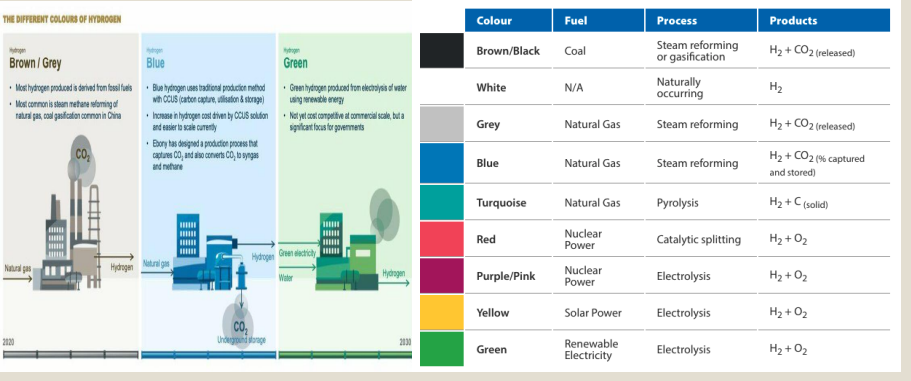
Hydrogen production technology
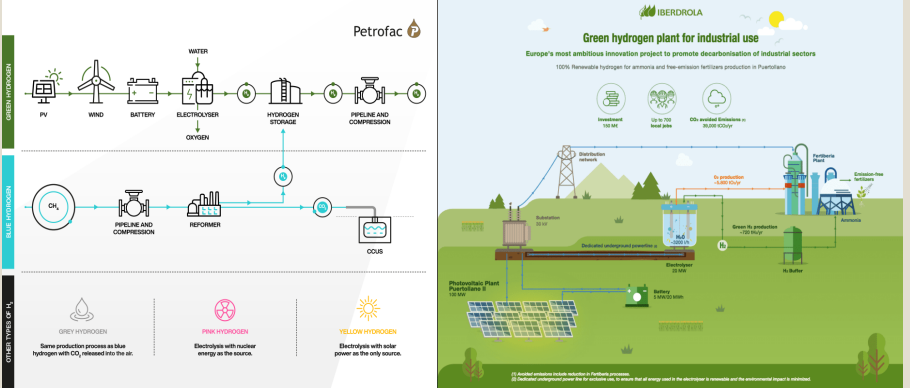
Outstanding models producing Hydrogen from renewable resources
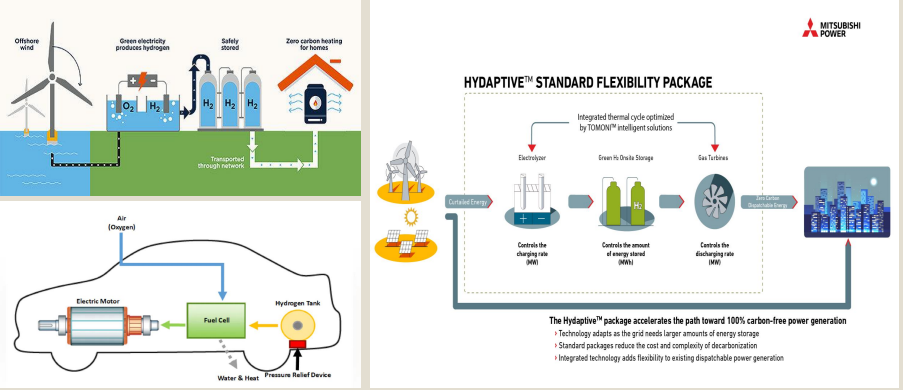
Asia Pacific and the opportunity to develop the clean energy industry
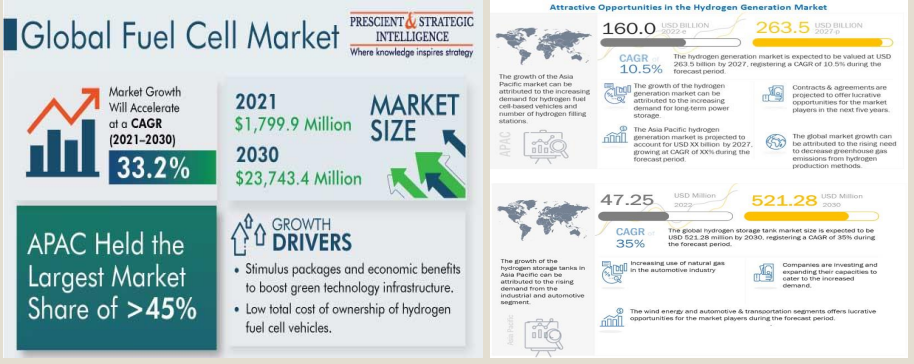
Opportunities to develop hydrogen energy in Vietnam
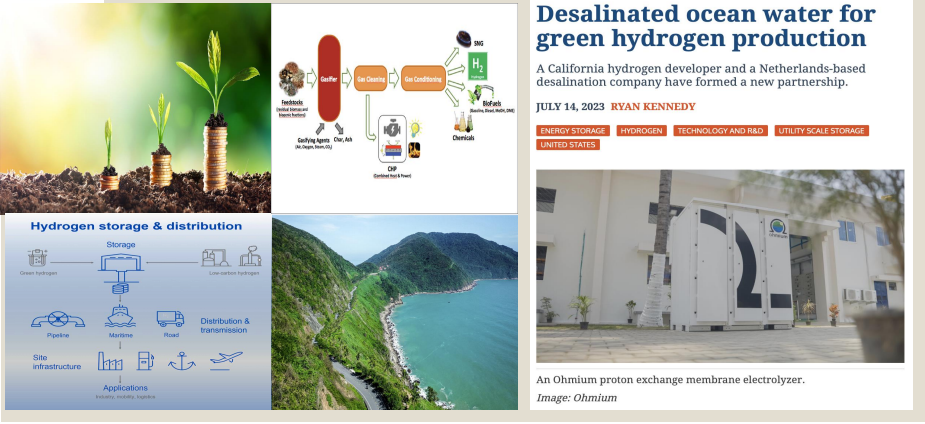
|
Power planning VIII – period 2021 to 2030 |
|
The issue of fair energy conversion Developing renewable energy for electricity production. 2030 will reach 30-39%. 2050 will reach 67-71%. Control emissions from power generation. By 2030, there will be 204-254 million tons/year. By 2050, there will be 27-31 million tons/year.
|
|
The problem of developing new energy sources Renewable energy to produce new energy. Towards reducing the price of electricity production from renewable energy → Making a premise for new energy production. Limiting power generation by LNG source (expanding the progress of Long Son LNG). 2030 reaching 22400 MW, producing 83.5 billion kWh. By 2050, switch to using hydrogen electricity, with a total capacity of 25400 MW, producing 139-135 billion kWh.
|
|
Power structure problem By 2030, it will reach 22,400 MW of capacity LNG power capacity (equivalent to 14.9%). Biomass power reached 2270 MW (1.5%). By 2050 to reach 4500 - 9000 MW LNG burning with Hydrogen (0.8 - 1.8 %). Gas-fired thermal power plants converted entirely by hydrogen reached 7030 MW (1.2 – 1.4%). LNG thermal power plant running entirely on Hydrogen 16400 – 20900 MW (3.3 – 3.6%). |
| Solutions to implement electricity planning VIII |
| Laws and Policies | Science and Technology (R&D) | Environmental protection, emission reduction, and disaster prevention | ||
|
• Developing an auction and bidding mechanism in parallel with the process of amending the electricity law • Pilot issuance → Building a mechanism for direct electricity purchase and sale between energy suppliers and customers. • Develop a separate law on renewable energy. • Reduce the energy intensity of the economy. • Improve the localization of the electricity industry |
• Investing in R&D in the power industry. • Development from transmission and distribution. • Incorporating information and data systems in energy management. • Raise awareness about efficient and economical use of electricity/energy. • Focus on human resource development, education and training based on thinking new energy skills. |
• The focus of the energy transition: fossil energy → Renewable energy (including new energy). • Combine, utilize, and effectively manage industrial by-products (waste, waste products in the production process). • Development of new platform technology: carbon capture technology |
The Beginning of a New Energy Era: Hydrogen and the Way Ahead

|
Developing Hydrogen is an interdisciplinary story
|
Technological development is the main driving force for the development of Hydrogen production. Hydrogen development in each country is specific and different.
|
Demand for Hydrogen increases rapidly over time. Focus on developing platform technology based on localization of production process is necessary. |
Summary of notable issues in the development of the Hydro industry
Developing education, raising awareness about Hydrogen energy.
◦ Facilitating the development of science and technology → localizing the equipment manufacturing process in the Hydrogen industry.
◦ Attention to the development of hydrogen transport and storage systems. For developing countries, focusing on hydrogen production technology is a risky move.
◦ Taking into account the emergence of hydrogen facilities, e.g. EVs and FCEVs have different directions of development and production , the Hydrogen bomb station requires separate pipelines setup process.
◦ Creating favorable conditions for bidding and developing hydrogen production works in Vietnam. Calling for investment, formulating policies and promoting technology transfer.





